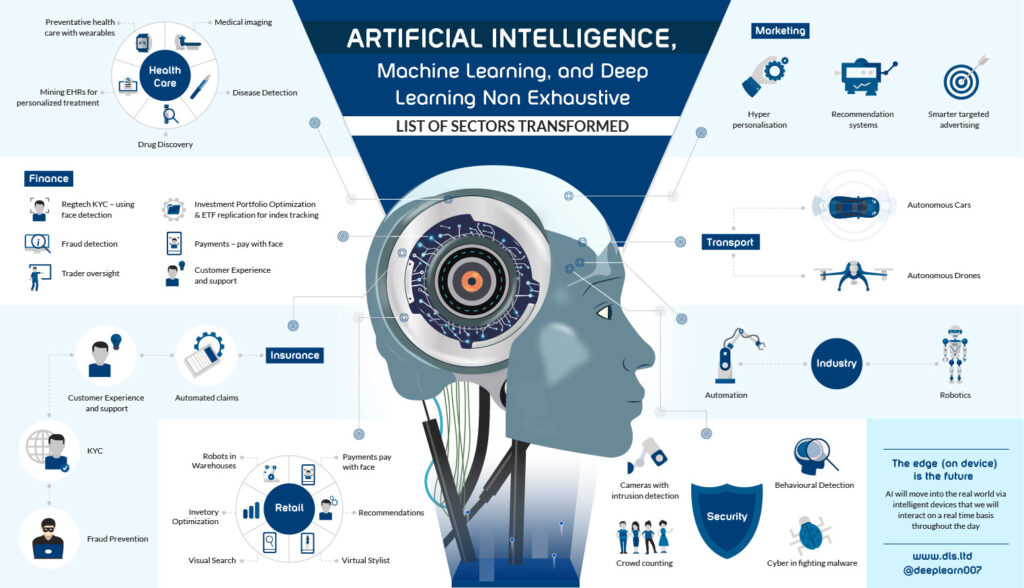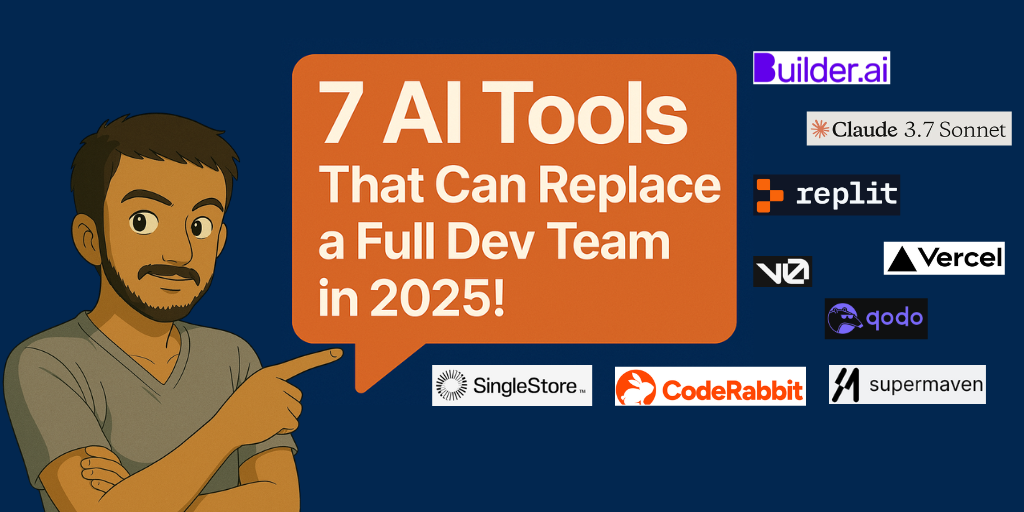Artificial Intelligence isn’t just for big tech companies anymore. Thanks to tools like Claude AI, even individuals and small teams can build, deploy, and operate their own AI systems with minimal coding. Whether you’re a freelancer, solopreneur, or small business owner, this guide will walk you through how to run your own AI—from idea to automation.
Word Count Target: 2000+ words
What Does It Mean to “Run Your Own AI”?
Running your own AI means:
- Designing workflows that simulate human tasks
- Using AI to generate content, respond to queries, manage data
- Automating decisions based on logic or prompt-based reasoning
- Deploying systems that can run 24/7 without human supervision
With platforms like Claude AI, this is more accessible than ever. You don’t need to be a machine learning expert—you just need to understand how to use AI tools smartly.
Why Use Claude AI for Your Own AI System?
Claude AI, created by Anthropic, offers:
- Natural language prompt engineering for intuitive control
- Contextual memory and high-quality reasoning
- Security-first design for enterprise-grade privacy
- Integration with tools like Zapier, n8n, Slack, and Google Sheets
Claude gives you smart automation without complex coding or infrastructure.
Step-by-Step: How to Run Your AI with Claude
Here’s a full guide to creating your own AI system using Claude:
Step 1: Define the Role of Your AI
Start with a clear vision. Ask yourself:
- What problem will this AI solve?
- Will it handle customer service, content, scheduling, or analytics?
- What platforms will it connect with?
Examples:
- AI Content Writer for blogs
- Virtual Customer Support Agent
- Social Media Caption Generator
- Automated Research Assistant
Step 2: Choose Your Tools
To run your AI efficiently, combine Claude with tools like:
| Tool | Purpose |
|---|---|
| Claude AI | The main AI brain |
| Zapier / n8n | Connect apps & trigger workflows |
| Notion / Google Sheets | Store and manage data |
| Slack / Discord | Team communication |
| Gmail / Outlook | Email automation |
Step 3: Design a Prompt Framework
Prompts are how you “program” your AI. Here’s a basic framework:
You are a [role]. Your goal is to [goal].
Use the following structure:
1. Introduction
2. Key points in bullet form
3. Summary or conclusionExample:
You are a product description copywriter. Your task is to write a 150-word Amazon listing for a noise-canceling headphone. Include bullet points, features, and a closing CTA.Step 4: Build a Workflow with n8n or Zapier
Use automation platforms to execute multi-step workflows:
Workflow Example (Content Writer AI):
- Trigger: New blog idea in Google Sheet
- Claude AI: Generate a full blog post
- Notion: Send the content draft
- Slack: Notify when it’s complete
This workflow can run daily or on command, without any manual writing.
Real-World Use Cases of Claude AI

1. Claude as a Virtual Assistant
- Answer FAQs
- Schedule meetings
- Send reminder emails
2. Claude as a Content Creator
- Write blogs, tweets, and product descriptions
- Optimize content with SEO
- Rewrite and repurpose content
3. Claude as a Data Organizer
- Summarize long documents
- Classify customer messages
- Track orders or queries in a sheet
4. Claude as a Chat Agent
- Respond intelligently in web chat
- Qualify leads
- Collect email and phone numbers
Claude AI vs ChatGPT: Which to Use for Your Own AI?
| Feature | Claude AI | ChatGPT |
| Context length | Longer | Medium |
| Privacy | High (Anthropic policies) | High (OpenAI policies) |
| Customization | High via prompts | High via ChatGPT functions |
| Output quality | Smart, reasoning-based | Creative and natural |
| Tool integration | Excellent with n8n/Zapier | Excellent with OpenAI API |
Claude is better for logic-heavy, multi-step reasoning. ChatGPT is stronger for creative, conversational use.
Tips to Run Your AI Smoothly
- Create prompt libraries for different use cases
- Test every automation manually before launch
- Track AI outputs for errors or hallucinations
- Keep workflows modular so they’re easy to update
- Review security when handling personal or client data
Monetizing Your AI System
Running your AI can directly generate income. Here’s how:
1. Sell AI-Generated Services
- SEO articles
- Email campaigns
- Lead generation reports
2. Build an AI-Powered Product
- Content generator SaaS
- Lead scoring chatbot
- Personalized email bot for sales teams
3. Offer AI Consulting
- Help others set up Claude workflows
- Sell templates and prompt packs
- Create and sell automated systems
Example: Claude AI for Freelance Writers
Problem: Takes hours to write and edit blogs for clients
Solution:
- Claude writes 80% of the content
- Writer edits and formats
- Final content delivered in less time
Outcome: Increase client output while reducing workload
Security and Ethical Use of Your AI
When running your own AI, be mindful of:
- Bias in output – Validate all critical content
- Data privacy – Use encrypted data transfer tools
- Client permissions – Disclose when AI is used
Claude AI includes safety layers, but always verify outputs when stakes are high (e.g., health, finance, legal).
Conclusion: You Can Run Your AI Starting Today
Running your own AI isn’t just possible—it’s powerful, profitable, and practical in 2025. With tools like Claude AI, you can automate tasks, build smart assistants, and even launch AI-based services with little to no coding.
Start by automating one process, then build from there. Whether you’re a freelancer, a startup, or a side hustler, Claude can be your 24/7 teammate.


![Notta AI Review 2025: The Ultimate AI Meeting Assistant for Automated Transcription and Note-Taking [In-Depth Analysis]](https://myviews.site/wp-content/uploads/2025/05/Notta-AI-Review-2025-The-Ultimate-AI-Meeting-Assistant-for-Automated-Transcription-and-Note-Taking-In-Depth-Analysis.png)
